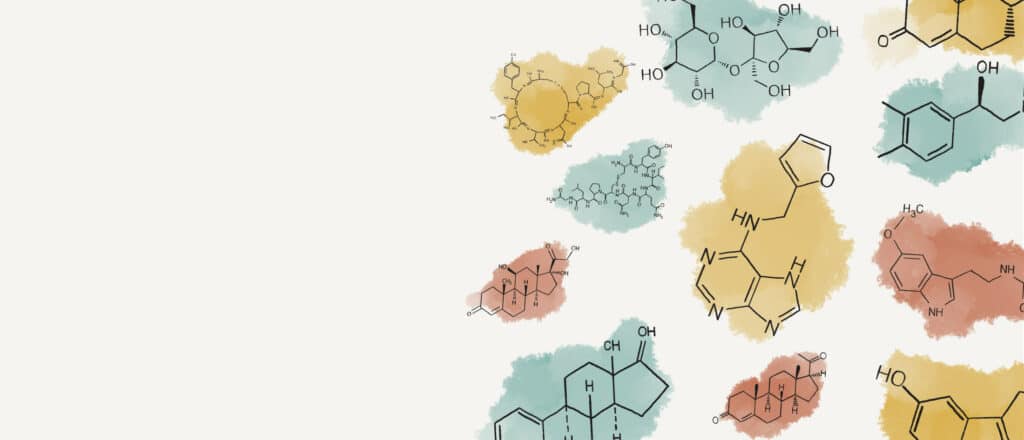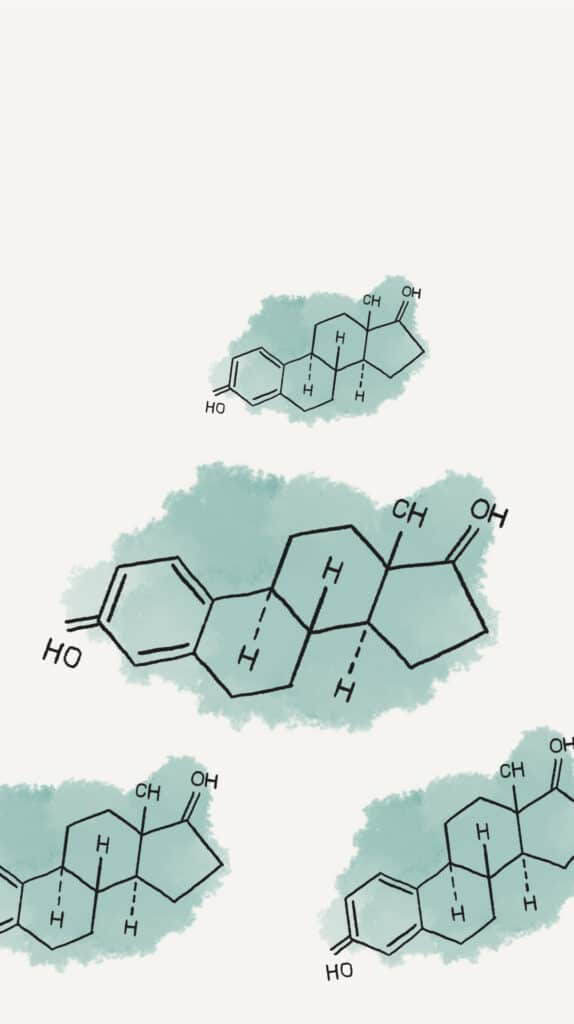What are hormones?
Hormones are chemicals that enable communication between different parts of your body; they’re sometimes called “chemical messengers.”
What are hormones?
Hormones are chemicals that enable communication between different parts of your body; they’re sometimes called “chemical messengers.”
What are Hormones?
Listen to this page.
Hormones are chemicals that enable communication between different parts of your body; they’re sometimes called “chemical messengers.” There are over 50 known hormones in your body, and they are produced by a number of different organs, including the heart, kidneys, pancreas, intestines—and most importantly for women, the ovaries.
After hormones are produced, they enter the bloodstream and are carried to the part of the body that requires a response. Whether that’s an organ or another part of the hormonal or ‘endocrine’ system.
Receptors
Receptors are the “message receivers” on the other end of this process. A good way to think about this, is to picture a lock and key. In this case, the hormone represents the key and the receptor a lock. It is the hormone meeting the receptor that allows the hormone to have an impact, or ‘work’. As the hormone reaches the receptor, a ‘click’ like a turning of a key in a lock takes place and voilà! The hormone can get to work. It’s important to remember that this ‘effect’ can also work in reverse, depending on where in the body is being targeted. In some areas, hormonal ‘action’ is initiated by the hormone meeting the receptor, while in others hormonal action is blocked by the hormone meeting the receptor.
Kind of confusing huh! Well let’s use an example to better explain this; cortisol, sometimes called the “stress hormone,” is secreted by the adrenal glands. When it’s carried by the bloodstream, it’s recognized by every cell in the body, because nearly every cell has a receptor for that hormone! However, not every receptor will ‘receive’ that hormone – your body simply couldn’t function if this was the case. Instead, it targets areas of the body where it is most needed. Effects range from changes in blood pressure and sugar levels, to how the brain records a memory.
Estrogen and progesterone are the hormones that play a big role for women during the years when we’re ovulating and menstruating. As we enter puberty, an increase in estrogen is what causes the change in our body shape, including breast development. Estrogen is key to the development of your fallopian tubes, vulva, and uterus, and it’s also an essential part of the menstrual cycle . It is known to support bone health and regulate our livers to help them produce cholesterol. In fact, there are estrogen receptors in women’s brains, heart and vascular system, skin, genitals, and lungs. There are even estrogen receptors in the inner ear!
Research is still uncovering the full extent of the effects hormones have.
What do we know about hormones for sure? When we lose them, or they become out of balance, it can have a big impact on the way that we feel. Here at Hormonally, we are here to give you the inside scoop on your hormones and help you make the most of these incredible chemical messengers.
Further reading
Help spread the knowledge




